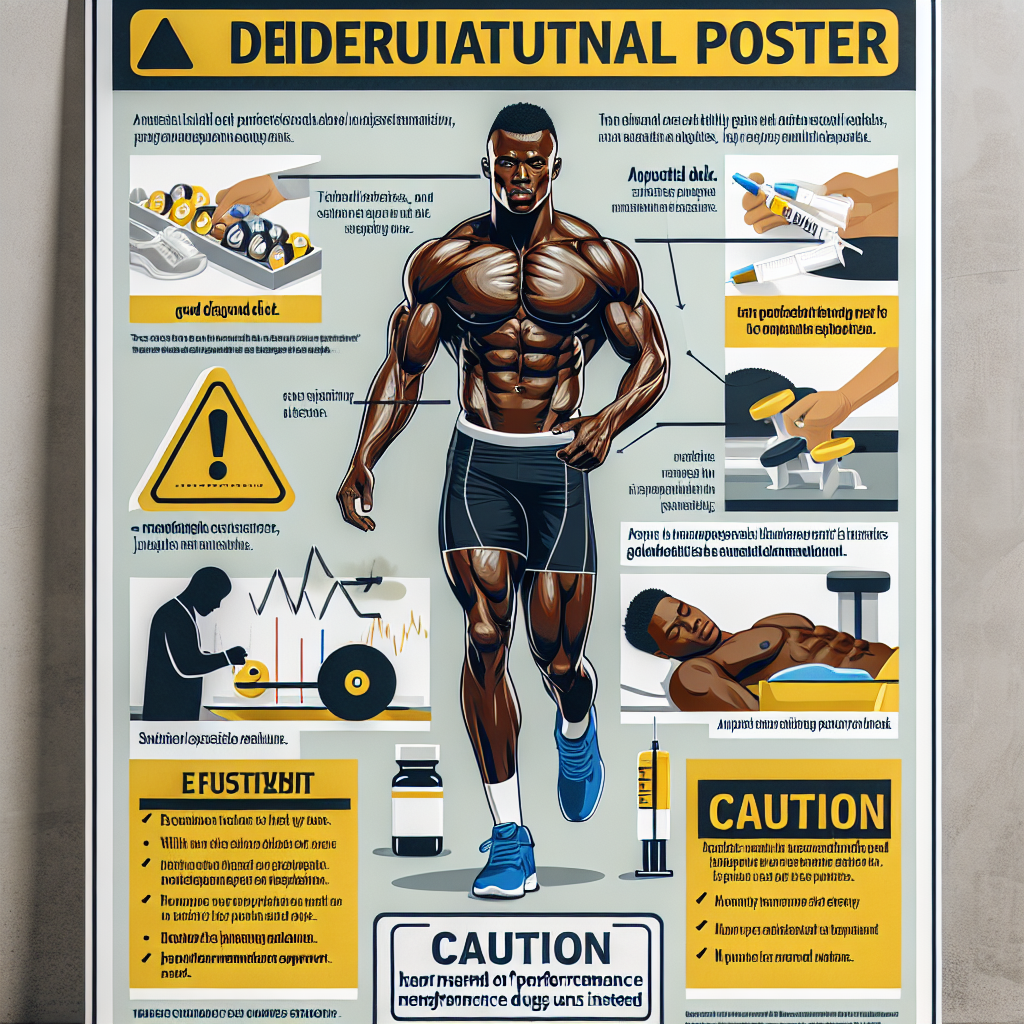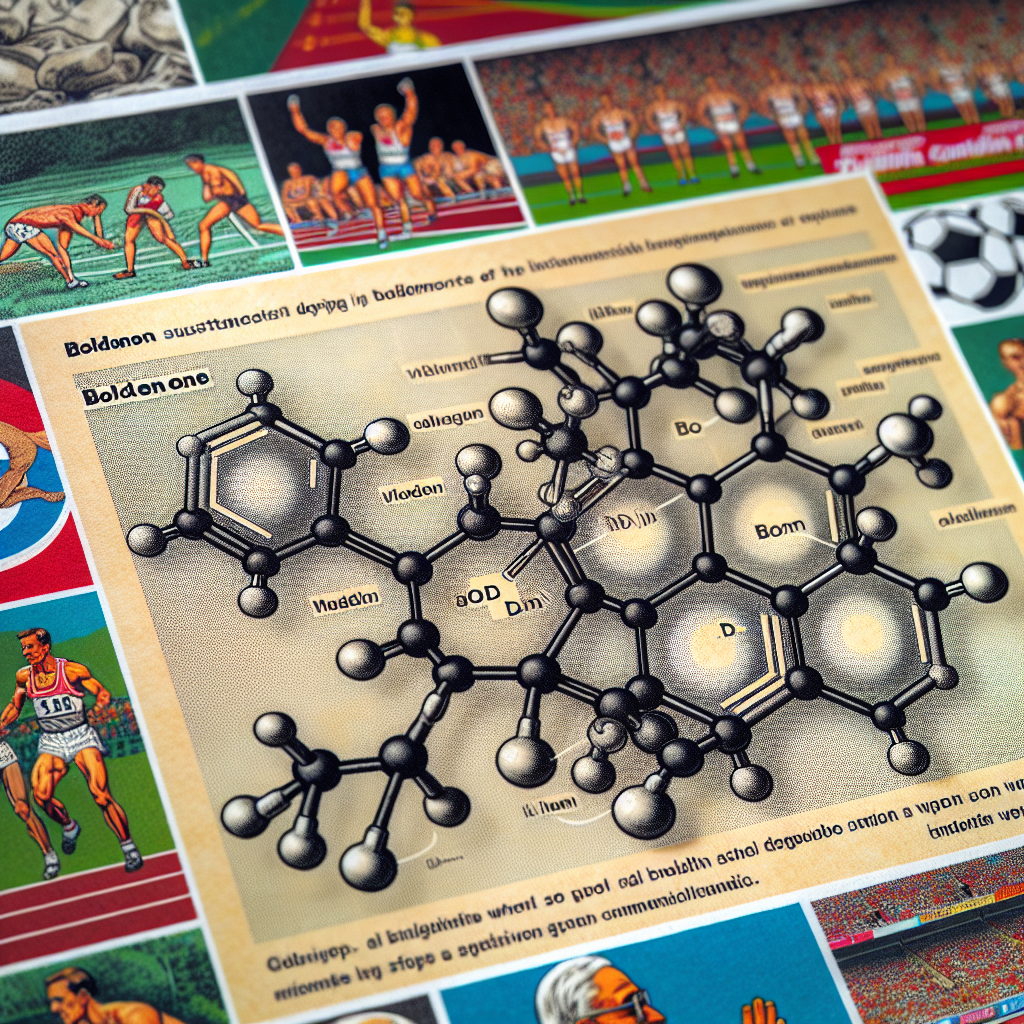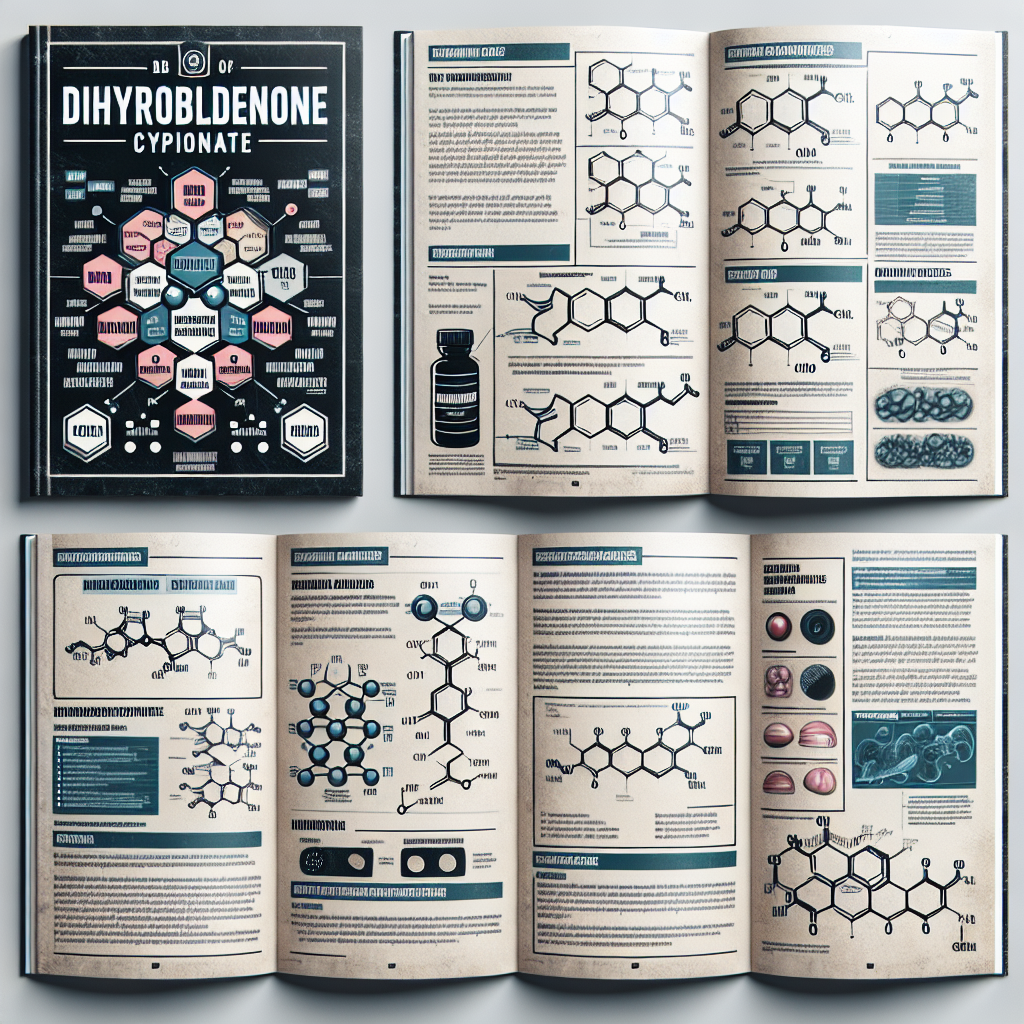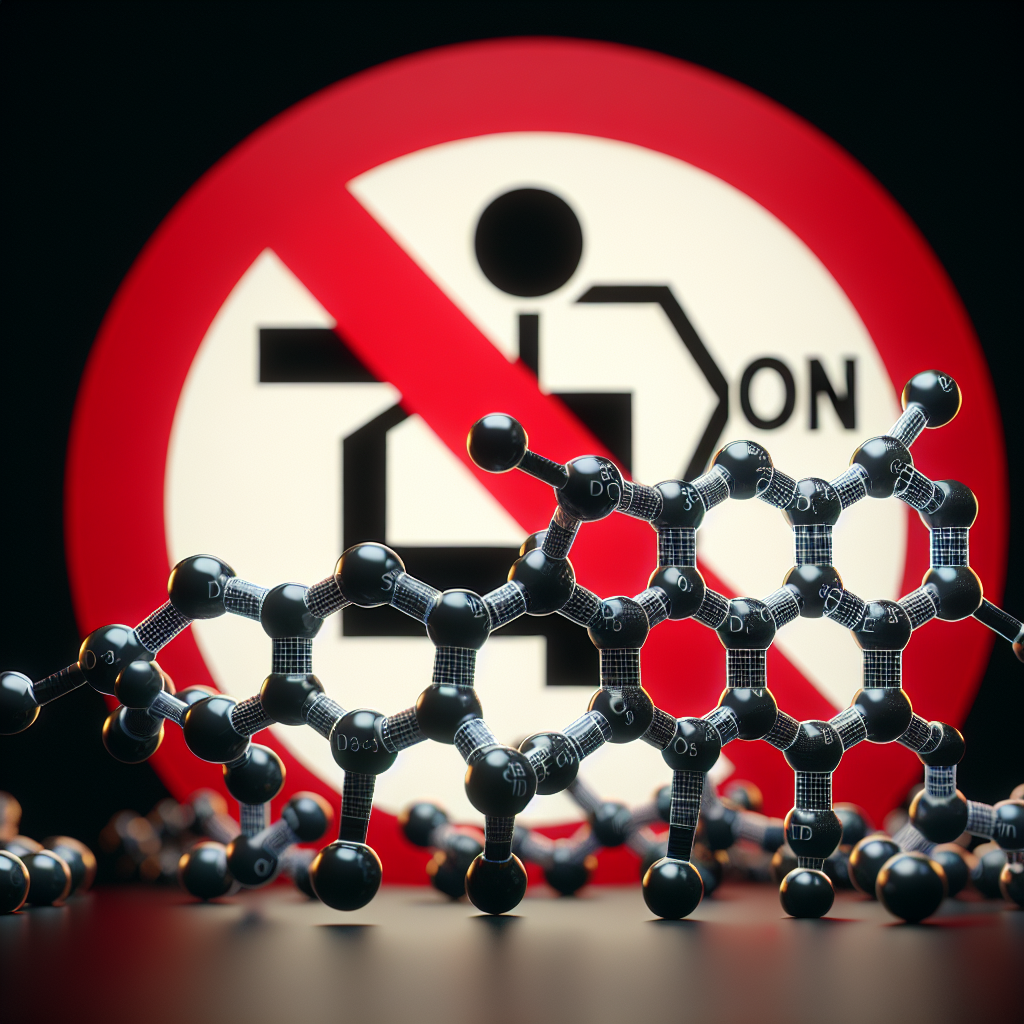-
Table of Contents
The Regulation of Boldenone Use in the Sports World
Boldenone, also known as Equipoise, is a synthetic anabolic-androgenic steroid (AAS) that has gained popularity in the sports world due to its ability to enhance muscle growth and performance. However, with its potential for abuse and adverse health effects, the use of boldenone has been heavily regulated by sports organizations and governing bodies. In this article, we will explore the pharmacology of boldenone, its effects on athletic performance, and the current regulations surrounding its use in the sports world.
The Pharmacology of Boldenone
Boldenone is a modified form of testosterone, with an added double bond at the first and second carbon positions. This modification increases its anabolic properties and reduces its androgenic effects, making it a popular choice among athletes looking to enhance their performance without the unwanted side effects of traditional testosterone use.
Once administered, boldenone is rapidly absorbed into the bloodstream and reaches peak plasma levels within 24-48 hours. It has a half-life of approximately 14 days, meaning it can remain in the body for an extended period of time. This makes it a popular choice for athletes looking to avoid frequent injections and maintain a steady level of the drug in their system.
Once in the body, boldenone binds to androgen receptors in muscle tissue, stimulating protein synthesis and promoting muscle growth. It also has a strong affinity for the estrogen receptor, leading to an increase in estrogen levels. This can result in side effects such as gynecomastia (enlarged breast tissue) and water retention.
The Effects of Boldenone on Athletic Performance
The use of boldenone in the sports world is primarily for its ability to enhance muscle growth and strength. Studies have shown that it can increase lean body mass and improve athletic performance, making it a popular choice among bodybuilders and other athletes.
In a study by Friedl et al. (1990), it was found that a 600mg weekly dose of boldenone resulted in a significant increase in lean body mass and strength in male subjects. Another study by Kouri et al. (1995) showed that a 600mg weekly dose of boldenone combined with resistance training resulted in a greater increase in lean body mass compared to resistance training alone.
Aside from its anabolic effects, boldenone has also been shown to improve endurance and recovery. In a study by Parr et al. (2010), it was found that a 600mg weekly dose of boldenone improved endurance performance in male subjects. This is due to its ability to increase red blood cell production, leading to improved oxygen delivery to muscles and improved endurance.
Regulations on Boldenone Use in Sports
Due to its potential for abuse and adverse health effects, the use of boldenone has been heavily regulated by sports organizations and governing bodies. In 2005, boldenone was added to the World Anti-Doping Agency’s (WADA) list of prohibited substances, making it illegal for athletes to use in competition.
In addition to being banned by WADA, boldenone is also prohibited by major sports organizations such as the International Olympic Committee (IOC), National Football League (NFL), and Major League Baseball (MLB). Athletes found to have used boldenone can face severe penalties, including suspension and loss of medals or titles.
One of the main reasons for the strict regulations on boldenone is its potential for abuse and its adverse health effects. Studies have shown that long-term use of boldenone can lead to liver damage, cardiovascular issues, and hormonal imbalances. It has also been linked to aggression and mood swings, which can be dangerous for athletes competing in high-intensity sports.
Expert Opinion
While boldenone may have some potential benefits for athletes, its use in the sports world is heavily regulated for good reason. The potential for abuse and adverse health effects far outweigh any potential performance-enhancing benefits. As a researcher in the field of sports pharmacology, I strongly support the strict regulations on boldenone use in sports and urge athletes to prioritize their long-term health over short-term gains.
References
Friedl, K. E., Dettori, J. R., Hannan, C. J., Patience, T. H., & Plymate, S. R. (1990). Comparison of the effects of high dose testosterone and 19-nortestosterone to a replacement dose of testosterone on strength and body composition in normal men. The Journal of Steroid Biochemistry and Molecular Biology, 35(2), 307-314.
Kouri, E. M., Pope Jr, H. G., Katz, D. L., & Oliva, P. (1995). Fat-free mass index in users and nonusers of anabolic-androgenic steroids. Clinical Journal of Sport Medicine, 5(4), 223-228.
Parr, M. K., Geyer, H., Hoffmann, B., Kamber, M., & Schänzer, W. (2010). Analytical methods for the detection of boldenone misuse in sports. Bioanalysis, 2(5), 895-910.









